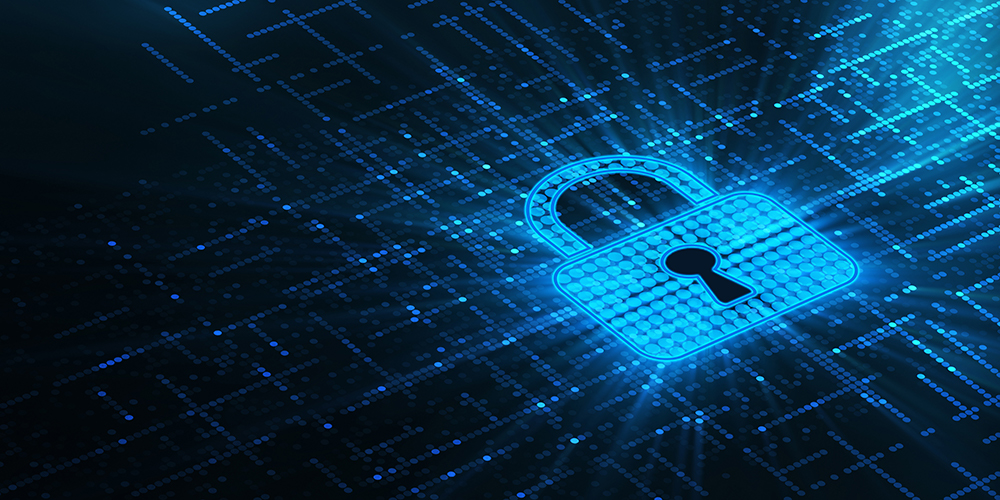
Oct 12, 2023 | SMB Technology, SMB Technology, SMB Technology, SMB Technology, Technology News
With an increasing number of devices connected to networks, as well as increasingly sophisticated cyber attacks, the threat landscape is incredibly broad. In 2003, the US government and various industries collaborated and created Cybersecurity Awareness Month. Each October, the spotlight falls again on keeping your system secure and being secure online. Read on to learn about becoming not just aware, but prepared, all year long. Benefits of the Awareness Movement The goal of the collaboration on Cybersecurity Awareness Month is to raise awareness about the importance of cybersecurity, and to ensure that businesses–including small to medium-size businesses–have the resources to be safer and more secure online. Such resources include educational tools like guides, planners, training modules, and much more, to help your business make cybersecurity awareness a visible part of your organization. Not only do these tools come in different languages, but they can be modified to fit the specific needs of your organization. Awareness Just the Beginning While awareness is certainly important, it’s just the beginning of being prepared. A good first step in preparedness is mapping your entire network, finding out every device connected to it and learning whether those devices are secure. Another step is keeping track of the latest threats–phishing emails that can introduce malware to your network, or hacking attacks to take advantage of weak spots in your infrastructure. Evaluating the risks particular to your geographic location is important, though even a low-risk location is still subject to the risks of power outages and the resulting downtime. And don’t forget assessing the knowledge of your workers, including any weak spots...

Oct 5, 2023 | SMB Technology, SMB Technology, SMB Technology, SMB Technology, Technology News
With the recent wildfires in Maui, disaster preparedness is (or should be) once again top of mind. Aside from the physical recovery of businesses, integrity of their data (the lifeblood of the business) is at stake. Even if you think you’re prepared, you may not be. Read on to learn more about where to start in your disaster recovery planning. Consequences of Not Being Prepared The disaster may be twofold, as discovered in Maui. Not only did brush fires start, but winds from Hurricane Dora blasted part of the island, resulting in an even worse catastrophe. Businesses and homes were burned to the ground, and work stopped. Do you know what your business would do during an outage, let alone a disaster like Hawaii’s? And why limit preparedness to major disasters? These days, anything can happen–even a worker unwittingly clicking on a link in a phishing email, giving away confidential information. Disasters can be big, or stem from small actions. Data can be lost or stolen, resulting in regulatory fines and loss of confidence in your business. Bad actors are always looking for ways to catch businesses off guard; the cyber damage can last even longer than physical damage. Where to Begin Perhaps you’re overwhelmed by the process, wondering how to even get started. A good place to start is doing an audit of your current preparedness level. What systems, data and applications need to be up and running first, to keep your business operating? Which ones can be delayed a bit while you get your bearings? A thorough review of business-critical functions can show...




